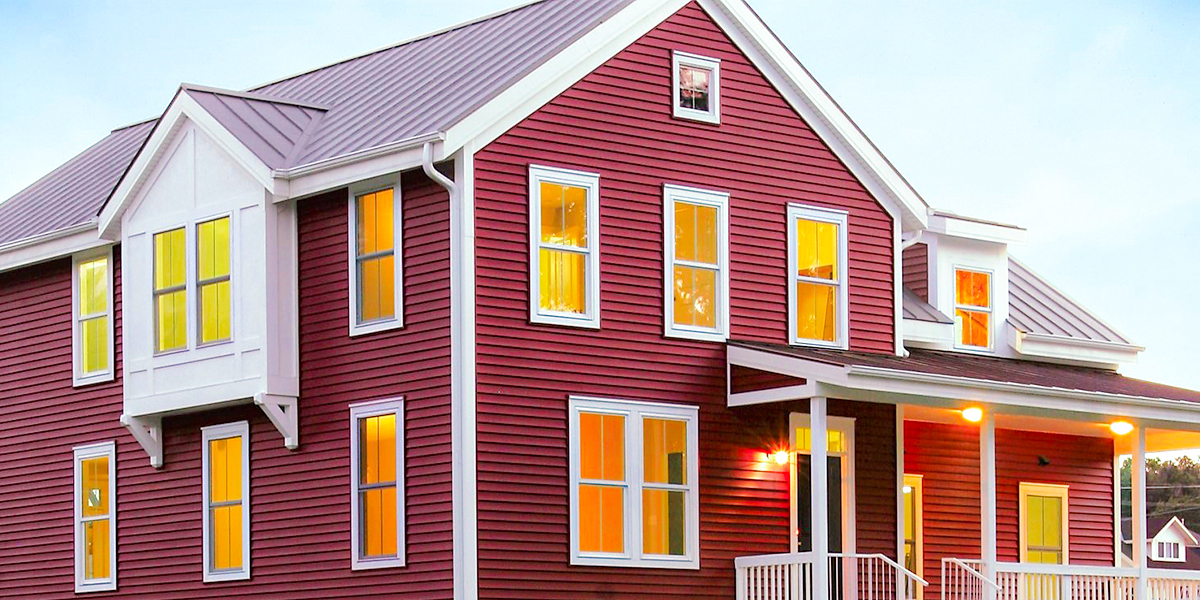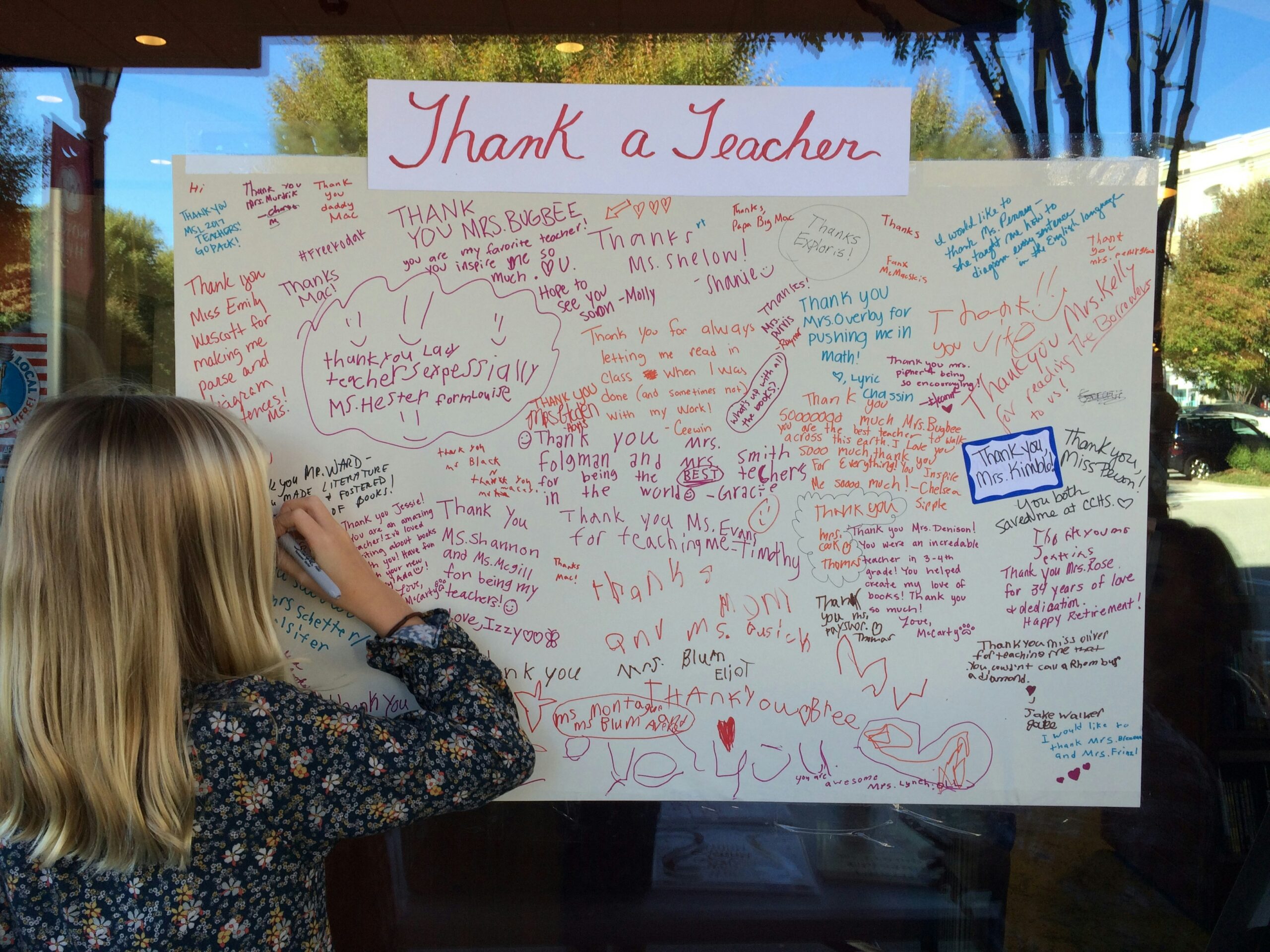Discover how Fernando Pagés Ruiz, founder of Building Affordable, employs fire-rated workarounds and structural innovations to reduce housing costs without compromising safety or quality.
Fernando Pagés Ruiz has emerged as a leading voice in affordable housing by proving that cost savings and high-quality construction can go hand in hand. As the founder of “Building Affordable,” he brings over 30 years of experience to rethinking traditional building practices, showing that affordability can be achieved without sacrificing safety or visual appeal.
Safety Meets Affordability
One of the most significant challenges in affordable housing is adhering to fire safety codes without inflating costs. Ruiz addresses this by implementing alternative fire-rated assemblies that meet stringent safety standards while being cost-effective. For instance, by utilizing materials like Type X gypsum board and mineral wool insulation, he achieves the necessary fire resistance without resorting to expensive proprietary systems. These methods not only comply with the International Building Code (IBC) but also streamline construction processes, saving both time and money.
In his article on JLC Online, Ruiz elaborates on constructing accepted fire barriers for multifamily homes, emphasizing the importance of understanding code requirements to implement cost-saving measures effectively.
Maximizing Spans, Minimizing Costs
Ruiz’s approach to structural design focuses on optimizing material usage without compromising structural integrity. By employing techniques such as open-web floor trusses and engineered lumber, he extends spans and reduces the need for load-bearing walls, which in turn lowers material and labor costs.
His philosophy is rooted in value engineering, analyzing every component of a building to identify cost-saving opportunities without sacrificing quality. This meticulous attention to detail ensures that each project is both economically and structurally sound.
Rethinking Material Choices for Economic Efficiency
Another key area where Ruiz finds savings is in his innovative use of conventional materials. Instead of defaulting to high-cost items that are considered “standard” in today’s industry, he evaluates alternatives with equal performance but significantly lower costs. For example, Ruiz often substitutes cement board siding with code-approved fiber-cement stucco systems, achieving comparable durability at a reduced price.
He also recommends plastic-laminate countertops, prefinished cabinets, and snap-together laminate flooring that look high-end but fall within a budget-friendly range. These substitutions are not about cutting corners but about prioritizing performance and value over brand-name prestige.
Cost-Saving Through Assembly Line Logic
Pagés Ruiz has also borrowed principles from assembly-line manufacturing to increase efficiency on job sites. By minimizing unique floor plans and focusing on a few refined, repeatable designs, he significantly reduces labor errors, material waste, and subcontractor confusion.
This systematized approach allows his team to build multiple homes per year without needing large crews or expensive custom elements. As a result, Ruiz can produce homes for as little as $45 per square foot, a remarkable figure in the current market climate. His production model balances repeatability with aesthetic charm; each home may be built on a familiar template but is never dull or uninspired.
Lessons from the PATH Concept Home
One of Ruiz’s most influential projects was building the first-ever PATH Concept Home, commissioned by the U.S. Department of Housing and Urban Development (HUD). This home demonstrated how green building, energy efficiency, and affordability could be combined in a real-world setting. The project met standards from LEED for Homes, ENERGY STAR, and the NAHB Green Building Program; proof that cost savings do not require a compromise in performance.
By integrating off-the-shelf technologies and efficient framing systems, Ruiz proved that sustainable housing is possible without high-end budgets. The project remains a national model for how public-private collaboration can spur practical innovation in residential construction.
At Building Affordable, Ruiz offers a selection of meticulously designed floor plans that have been built and refined over time. These plans, such as the AG1 and BG1 models, are not just theoretical designs but have been implemented in real-world scenarios, proving their efficacy in balancing cost, functionality, and aesthetic appeal.
Each plan comes with detailed construction notes and material lists, providing builders with a comprehensive guide to constructing affordable homes without unnecessary expenditures. Ruiz’s commitment to practical, actionable solutions sets his work apart in the field of affordable housing.
Fernando Pagés Ruiz exemplifies how thoughtful design and legal, code-compliant innovation can make affordable housing a reality without cutting corners. His work through Building Affordable is not just a business; it’s a mission to empower others with tools, strategies, and insights that drive down construction costs while improving the quality of life for homeowners.
Follow his work on LinkedIn, stay informed via his YouTube channel, or explore his construction-ready home plans at BuildingAffordable.com.

We share information about current trends and stories of people all around the world.



